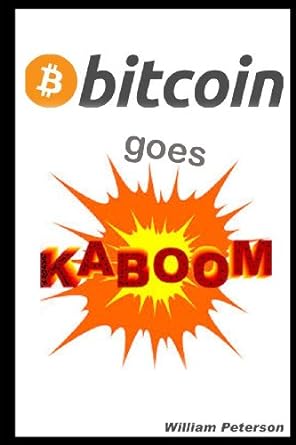Question
Roger is a regular consumer of personalised greeting cards with Hofmann photographs. Its demand curve is given by qd = 31 - 0.5P. Rogelio is
Roger is a regular consumer of personalised greeting cards with Hofmann photographs. Its demand curve is given by qd = 31 - 0.5P. Rogelio is a representative consumer of this type of cards so we can assume that the rest of the customers, 1,000 in total, have the same demand curve. The supplier company, Hofmann, can produce each card at a constant average and marginal cost of 2. In the market of personalised greeting cards there are many other companies that offer very similar cards.
Consider the following 4 scenarios:
(i) Hofmann acts as a perfect competitor.
ii) Hofmann acts as a monopolist.
iii) Hofmann acts as a first-degree discriminator monopolist
iv) Hofmann acts as a second-degree discriminator monopolist and offers each of its customers the possibility to buy the first 15 cards at a unit price of 32, the next 5 (from 16 to 20) at a unit price of 22 and the following 10 (from 21 to 30) at a unit price of 2.
Calculate, for the 4 scenarios proposed, the surplus of the consumer, the surplus of the producer, represent graphically and indicate:
a) Which scenario is the most favourable for consumers?
b) Which scenario is the most favourable for Hofmann?
c) Which scenario is the most favourable for consumers and Hofmann taken together?
Step by Step Solution
There are 3 Steps involved in it
Step: 1

Get Instant Access to Expert-Tailored Solutions
See step-by-step solutions with expert insights and AI powered tools for academic success
Step: 2

Step: 3

Ace Your Homework with AI
Get the answers you need in no time with our AI-driven, step-by-step assistance
Get Started


